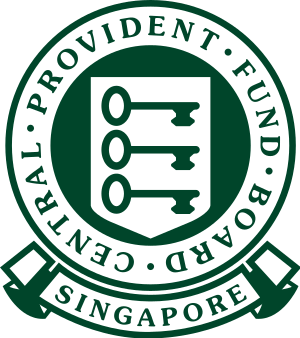The central provident fund system in Singapore was created in the 1950s, initially to deal with the problem of employees’ retirement protection. After years of development, the system has gradually developed from a single function of old-age security to a comprehensive social security system covering housing security, retirement pensions, medical care, family protection and investment appreciation. As a unique social security system, the central provident fund system embodies the government’s national philosophy of actively supporting national self-reliance. While providing various social security services for citizens, it also significantly promotes the overall development of the country.

Features of Singapore Central Provident Fund
1. The Singapore Central Provident Fund is essentially a mandatory long-term savings plan.
Through this system designed to encourage citizens to be self-reliant, the Singapore government can stimulate citizens’ enthusiasm for labor, strengthen individual efforts and responsibilities to the family, and encourage them to save in advance and invest appropriately for their own security. On the basis of not increasing the financial burden of the government, the social security of the citizens has been basically achieved.

The Singapore Housing Provident Fund implements account classification. The funds of the Central Provident Fund Board of Singapore come from the monthly contributions of employers and employees, and the collected funds are deposited into the ordinary account, special account and medical savings account of the member’s personal account according to a certain proportion. Among them, the ordinary account was established in the 1970s, and the provident fund in this account can be used for loan purchases, payment of housing insurance premiums, education expenses and investments; the special account was established in 1977, and the provident fund in this account is used for retirement savings. It can also be used to invest in financial products and emergency project expenses related to retirement and pension.
2. Deposit interest rates

In terms of deposit interest rates, the deposit interest rates of retirement accounts are reviewed once a year, and those of the other three accounts are reviewed quarterly. At the same time, there are some differences in the deposit interest rates of each sub-account. According to the latest deposit interest rate data in 2020, the statutory minimum annual rate for ordinary accounts is 2.5% or the 3-month average rate of local major banks (whichever is higher); the statutory minimum rate for special accounts and medical accounts is 4% or 10-year government bonds plus 1% (whichever is higher), and the statutory minimum rate for retirement accounts is 4% or 10-year government bonds plus 1% (whichever is higher). To strengthen members’ retirement savings, the government will pay an additional 1% interest per annum on the first S$60,000 of CPF total (up to a maximum of S$20,000 for the ordinary account). Starting from January 2016, members aged 55 and above can earn 1% additional interest per annum on the first S$30,000 of their combined account balance, of which ordinary accounts can earn up to S$20,000 in additional interest income. Additional interest income can be up to 6% after retirement.

3. Contribution rates and distribution rates
The funds of the Singapore Central Provident Fund consist of contributions made by employers and employees, and the contribution rate will be adjusted regularly according to the economic environment at the time and the age of employees. The changing trend of the contribution rate reflects the general characteristics of overpayment when they are young and underpayment when they are older relatively. The contribution amount is allocated to the ordinary account, special account and medical account according to different proportions.





